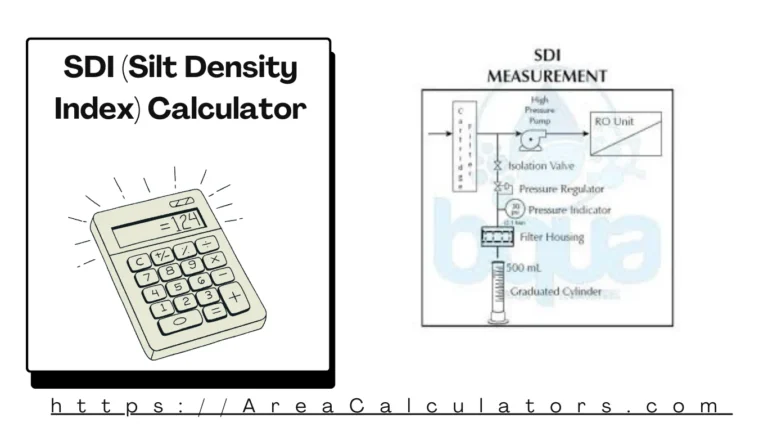To calculate cell potential (E), subtract the anode potential (E) from the cathode potential (E).
The Cell Potential Calculator is a valuable tool for measuring the voltage of an electrochemical or voltaic cell. This calculation is crucial in fields like chemistry and physics, especially when analyzing redox reactions and predicting the feasibility of chemical processes.
Formula
E= E− E
| Variable | Description |
|---|---|
| E | Cell potential (volts) |
| E | Cathode potential (volts) |
| E | Anode potential (volts) |
Solved Calculations
Example 1:
For a voltaic cell where the cathode potential is 1.5 V and the anode potential is 0.8 V:
| Step | Value |
|---|---|
| Cathode Potential | |
| Anode Potential | |
| Formula Used | |
| Result |
Example 2:
For a cell where the cathode potential is 2.3 V and the anode potential is 1.1 V:
| Step | Value |
|---|---|
| Cathode Potential | |
| Anode Potential | |
| Formula Used | |
| Result |
What is the Cell Potential Calculator?
The Cell Potential Calculator is a powerful tool. You can use it for calculating the potential difference of an electrochemical cell. It is widely used in chemistry to evaluate the standard or non-standard potential of galvanic and voltaic cells, aiding in understanding electrochemical reactions and energy generation.
This calculator simplifies the process by using the cell potential formula, often based on the Nernst equation, to determine results.
Users can input variables such as concentrations, standard reduction potentials, or specific electrode data to calculate values. It answers common questions like "How to calculate cell potential?" or "What is the cell potential of Zn and Ag?"
Final Words:
In summary, the Cell Potential Calculator is an invaluable resource for chemists, students, and professionals. It ensures accuracy and efficiency in calculating electrochemical properties, making it essential for analyzing cell behavior and predicting reaction outcomes.






